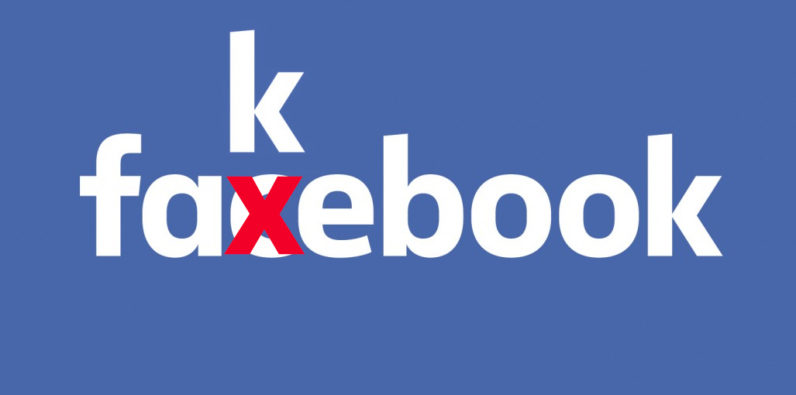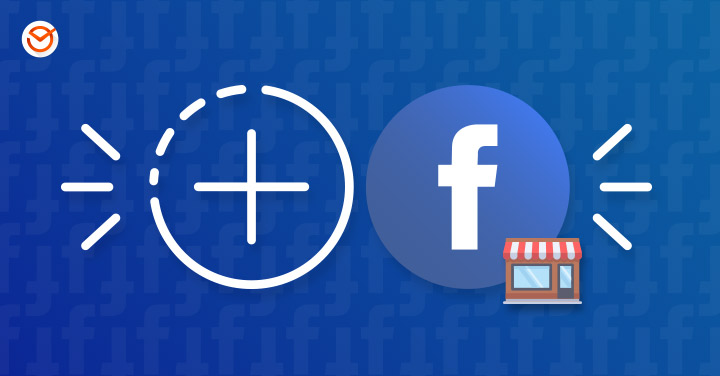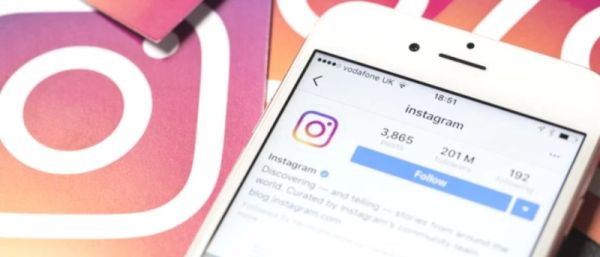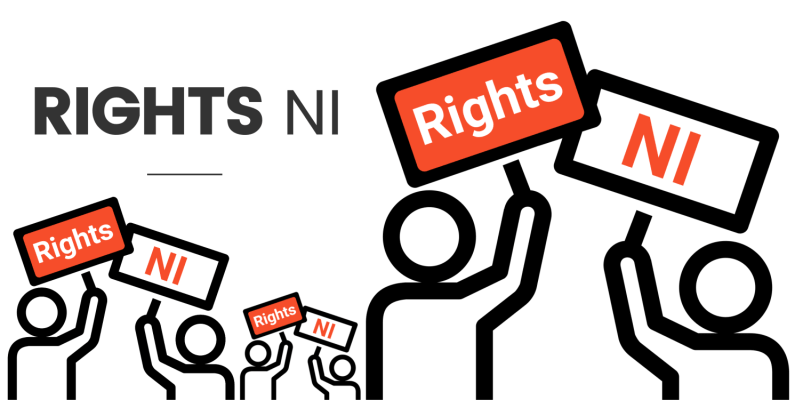This article is devoted to one of the most popular topics about how Facebook products affect society. Vice-president of analytics – Alex Schultz shared his knowledge and thoughts on this subject. He told the public about the process of identifying fake accounts by the Facebook system since this question is always appearing both in the CSER (Community Standards Enforcement Report) and in the SEC documents. Mr. Schultz noted that the last report showed a high number of fake accounts, so the company decided to reveal the secret of how it identifies them. Moreover, in order to confirm the veracity of the methodology used in the work, the company engaged an independent appraiser, in the role of which the DTAG (Data Transparency Advisory Group) acted.
The company assures that the definition of fake accounts is strictly according to the regulations described in the CSER manual and SEC documents. Nevertheless, despite the fact that reporting on this kind of data is a global practice and meets industry standards, the company continues to receive many questions, which in turn indicates the imperfection of records:
- This situation is caused by the fact that the report does not consider quickly deleted fake accounts as active users. This is because the system gives immediate repulse to primitive attacks, the essence of which is to create a huge number of empty profiles. Even when an inexperienced user creates one hundred million fake accounts, the technical team quickly removes all fakes. This is a great work done, which always remains in the shadows because the fake accounts did not manage to do any harm to the Facebook community, which means the system did nothing useful for its users.
- In order to avoid incorrectly displayed data, the company decided to resort to a method of disseminating information, which is tantamount to public awareness. The purpose of such a thoughtful move is to improve the quality of records and generate statistics in percentage terms, which will be able to display more real indicators of active accounts that are potential fakes.
- Unfortunately, even in this case, the accuracy of the data will be far from ideal, since abusive accounts (abusing the capabilities of this social network) and user-misclassified ones (mistakenly under the wrong classification) fall under the stamp of fake accounts. The second type of accounts are those that were created by the user for personal purposes, and he or she decides to open a page for a pet, but instead of registering it as a page, it is issued through a profile. They do not cause any harm to other users, while abusive accounts are unacceptable in all respects.
- Thus, the company reserves the right to intervene urgently and delete accounts that are offensive in nature. This is done to prevent harm and minimize unacceptable actions on confirmed, reliable and influential accounts.
Summing up, in order to understand the statistics provided in the reports better, Alex Schultz recommended focusing on the records with actual violations. He also said that the company continues to work actively on improving the system for detecting fake accounts, and is of the opinion that the majority of users and their actions on Facebook are real.

Search and definition of fake accounts
The company is engaged in constant monitoring of social activity of users and the search for fake accounts that are instantly deleted. The main goal is to find and remove as many fakes as possible, preserving the profiles of real users. For this purpose, 3 methods are used, and the data obtained during the cleaning process are entered into the Community Standards Enforcement Report to form the clearest picture.
- Blocking accounts at the creation stage. The most effective way to deal with fake accounts is to prevent them from entering the social network. Facebook has a special detection technology that provides effective search and blocking of profiles before they are created. The system picks up certain signals that report a massive creation of accounts from one place. In this case, the suspicious IP address is blocked and cannot access the social network.
Company measures. The number of unsuccessful attempts to create fake accounts blocked at this stage is not included in the report. The system cannot display either the exact or the approximate figure, because all the indicators do not have clearly defined boundaries, as hundreds of thousands of suspicious IP addresses fall under the block (as a result they cannot even visit Facebook). Despite the fact that these actions are not included in the report, the company daily prevents the creation of millions of fake accounts. - Deleting profiles during registration. Thanks to innovative detection tools, the system identifies potential fake accounts that have signs of evil intentions immediately after registration. The detection system uses a number of signals, which include patterns of suspicious actions, the use of suspicious e-mails or signals that are associated with fake profiles deleted by the system earlier. Most often, the process of detecting and blocking such accounts takes several minutes, and newly created profiles disappear immediately after they are created before they manage to harm other users.
Company measures. The data, obtained in the course of the actions carried out, is included in the accounts actioned metric for fake profiles. Since the number of such blocks is growing every day, the rates are also constantly changing. Nevertheless, such accounts are detected very quickly and easily and can be displayed in indicators, despite the minimal or even no risk to users. Even if the spammer managed to create a million fake accounts, and the system successfully detected and deleted them, this data will be entered in the reported number of blocked profiles. Due to the speed of their deactivation and the absence of actual harm, they will not be included in the monthly statistics on the prevalence of fake accounts among active users. - Blocking registered accounts. There are cases when accounts manage to slip through the two stages mentioned above since they do not demonstrate suspicious activity at first. Such accounts get the advantage of doubt – this means that they are not blocked immediately, but sent to a kind of quarantine zone. The system finds these profiles as soon as it receives the appropriate signals about the signs of malicious intentional activity, both with the help of its tools and thanks to users’ reports about this. After that, there is a thorough check of the history of creation and use of the account, to eliminate the possibility that it is real. If the profile shows a high falsehood rate, it is immediately deleted by the system.
Company measures. The number of accounts deleted at this stage is displayed in the accounts actioned metric. In cases where such profiles have time to be active on the Facebook platform, they also fall into prevalence metric. This metric shows the ratio of the number of active fake accounts and active users for a certain period of time (most often for a month). The system independently discovered and deleted more than 99% of all accounts, before receiving complaints from people. All this information is displayed in the company’s report in the form of proactive rate.
The company believes that the prevalence metric of fake accounts is the main element that needs to be taken into account during the examination of the reports since it demonstrates the current state of affairs.
It is important to keep the right balance
The company wants to observe two important things and it strives to find the right balance between them. The first goal is to limit the impact of fake accounts on the Facebook community, the second is to provide users with the opportunity to share their thoughts and content through authentic profiles.
The system tries to identify suspicious accounts as quickly as possible to prevent malicious intentional actions. However, even in this case, an error may occur. For example, a person has just registered on the platform and begins to send friend requests to another user actively. At first glance, these actions suggest that the person is a spammer, but in fact, he or she belongs to active social users who are just trying to make new acquaintances and new friends. This often happens with users from Brazil, adolescents or older people who are innocently exploring the possibilities of a new social network. They may behave strangely against the background of other users, however, they do not carry any harmful thoughts to others and do not commit acts with evil intended purposes. Thus, the company has a special approach to such accounts, as it strives to ensure that each person has the opportunity to form a community with interests close to his or her soul. These kinds of accounts get extra time to show their true intent. This is done in order to get completely rid of possible errors that may occur due to the distorted recognition of accounts, as in the case of incorrectly classified profiles or accounts that have not temporarily manifested their intentions. Thanks to such a thorough re-checking, the system will be able to reduce the number of fake accounts significantly, without harming inexperienced users.
Preventing fake accounts is just one of the ways to get rid of malicious activity. Because there are cases when active users of a social network have already managed to interact with the content created by such accounts – in such situations other algorithms of actions come into play. Fake accounts are not the only ones who can engage in abuse, because even authentic accounts have abusive practices. Due to the ambiguity of all the components that are taken into account when generating statistics, the company recommends studying all the available indicators (laid out in the CSER, paying particular attention to prevalence rates) in order to better evaluate the work done, aimed at ensuring the safety of the Facebook community.
The vice president of analytics also said that besides questions about abusive fake accounts, they get a lot of questions about fake profiles in general, as this is a sore subject for advertisers who lose not only their profits but also the costs of running advertising on the platform. In addition to running a business partnership, the company focuses on creating the safest possible environment where users will willingly share content, and advertisers will run advertisements with the confidence of receiving a positive result. Therefore, the company is struggling day-to-day with fake accounts, giving full value to its business. Alex Schultz added that the company is still confident that Facebook is a platform where most of the accounts and actions are authentic. Feedbacks and complaints about fake accounts are always welcome, despite the fact that the company does tremendous work to ensure a healthy balance between protecting the rights of users and advertisers, and continues to do everything possible so that everyone can easily create communities on the social network.




Leave a Reply